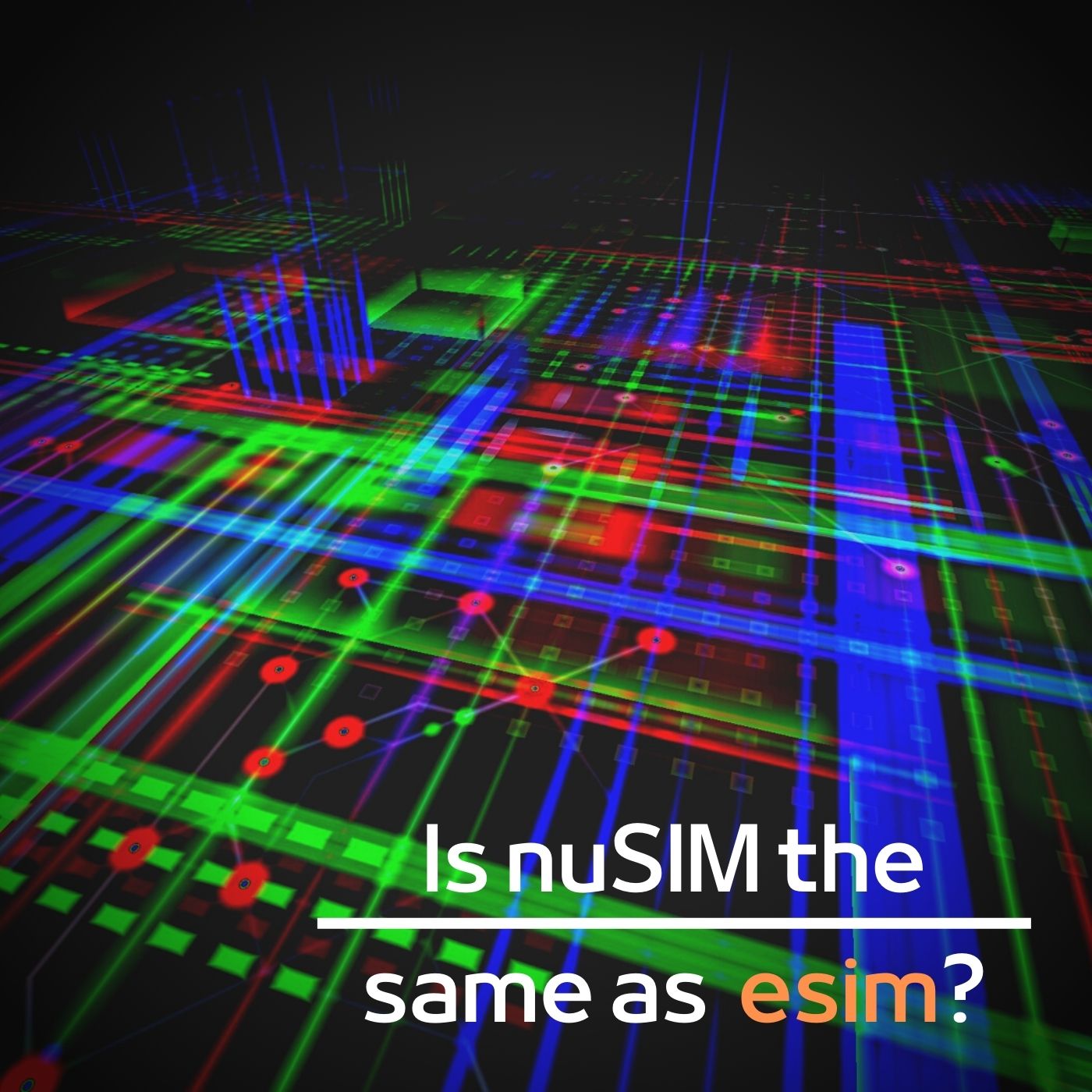The SIM slot is empty, but the device is still connected to the mobile network. Why is this? We all know what a SIM card is; we can visualize what it looks like. Now the concept of eSIM is coming across the board, but there are new integrated SIM cards that are even more optimized for IoT. These take integrated SIMs a step further, with SIM cards integrated into device modems designed explicitly for IoT; the innovation is called nuSIM.
nuSIM – a new solution for IoT
nuSIM is a new approach to integrated SIM technology where simplicity, cost-effectiveness and low power consumption are critical. nuSIM, or “new sim”, is an integrated SIM card. The technology has been developed by Deutsche Telekom and other technology partners, specifically for the IoT.
Integrated SIM cards for IoT
Typically, IoT devices need a SIM card to connect to the operator’s network and transfer data. That is how we are used to it working. Traditional SIM cards are small integrated circuits that take up space in the device and draw power. They are susceptible to water and dirt because they sometimes have a SIM slot that is difficult to get tight or prevents dirt from getting in when opened.
There are already embedded SIM cards in IoT applications, and permanently installed components can sit mounted in anything from sensor modules, tracking equipment or a vehicle. However, because eSIMs offer the functionality of a conventional SIM card, the technology is more complex than it needs to be. Technology costs and unnecessary features not needed for IoT applications can be scaled down.
nuSIM is a new integrated solution suitable for compact devices that require long battery life and low power consumption. It helps to match requirements faster via low-power parking sensors, intelligent trash bin sensors or trackers.
How nuSIM works
The new chip is integrated directly into the modem of the IoT device. In other words, nuSIM, like eSIM, is integrated into the device. However, unlike the eSIM, it is not a separate component where the eSIM is a physical SIM card integrated into the device in the form of a circuit that retains all its functionality, such as calls, SMS, data, profiles and much more. In nuSIM, features such as calling capabilities or sending SMS are removed instead. It is thus a much simpler solution than eSIM functionally, which reduces development resources when developing new hardware. nuSIM only contains vital functions for IoT devices, which means that it consumes less energy than an eSIM. In addition, nuSIM is integrated into circuitry already on the board rather than a separate circuit that draws power, which is important for IoT devices.
Simpler design
By removing the physical SIM card, the design factor for an IoT device is simplified, as there are no additional openings, circuitry or SIM card holders to consider. nuSIM provides minimal hardware size, and the software is more cost-effective to develop. The result is faster implementations for hardware and software developers, with minimal power consumption as an additional positive factor.
The eSIM is an integrated SIM card that replaces the physical format of the SIM card, i.e. the Nano-SIM, Micro-SIM or Mini-SIM that we know from the past. These save physical space in the device but contain full functionality. nuSIM is no longer a separate chip but part of the device’s modem circuitry.
Although the security level of nuSIM is not as high as eSIM solutions, it provides a level of security that is sufficient for high-end devices without much computing power.
Benefits of nuSIM
+ Almost impossible to tamper with.
+ Encrypted credentials are stored on the device.
+ Ability to create smaller IoT devices
+ Low power consumption
+ Low production cost
+ Factory-set operator profiles
+ Update with settings on delivery

